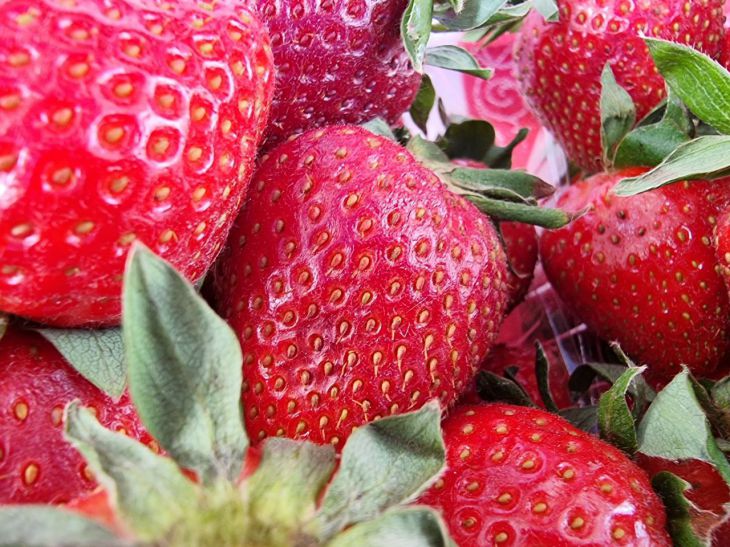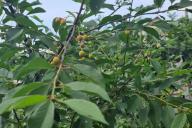Imagine: you are picking strawberries, each berry is the size of a palm. No magic, just science and tricks that are not written on the fertilizer packaging.
It turns out that giant fruits are not the result of GMOs, but a clever combination of variety, care and... ordinary mathematics.
Step 1: Selecting a “Genetic Champion”
Not every variety is capable of breaking records. Forget about "domestic" varieties. You need hybrids created for maximum size:

"Chamora Turushi" (Japan) - up to 120 g with proper care.
"Kiss-Nellis" (Russia) - frost-resistant, berries up to 100 g.
"Gigantella" (Holland) - a classic for greenhouses, fruits up to 90 g.
Important! Buy seedlings only from certified nurseries. Counterfeit seeds are the main reason for failure.
Step 2: The 3-2-1 Soil Formula
Strawberries love balance. Prepare the soil 2 weeks before planting according to the rule:
3 parts loose soil (a mixture of black soil and peat).
2 parts organic matter (compost + rotted manure).
1 part minerals (per 1 m²: 40 g superphosphate, 20 g potassium salt).
Life hack: add 1 cup of wood ash to the hole - this will protect the roots from rot and enrich them with potassium.
Step 3: Tight control of the “load”
The fewer flowers, the larger the berries. After the ovaries appear, remove 70% of the flower stalks. No more than 5-7 ovaries should remain on the bush. Yes, it is cruel, but all the plant's strength will go to the "favorites".
Step 4: Watering according to the algorithm
Large-fruited strawberries drink twice as much as regular strawberries, but do not tolerate stagnant water.
Before flowering: 10 liters of water per 1 m² once every 5 days.
During the fruiting period: 15 l per 1 m² every 3 days.
Advice: Use drip irrigation. Manual irrigation provokes fungal diseases.
Step 5: Top dressing
Fertilizers are the key to size. Seasonal scheme:
1. April (after the snow melts): Solution of chicken manure (1:20) + 1 tbsp. ammonium nitrate per 10 liters of water.
2. May (beginning of flowering): Potassium nitrate (25 g per 10 l) + spraying with boric acid (2 g per 10 l).
3. June (after harvest): Superphosphate (40 g) + potassium sulfate (30 g) per 1 m².
Be careful! Too much nitrogen will produce giant bushes but small berries.
Step 6: The Deceptive Role of the Mustache
Whiskers are the enemy of size. They take up to 50% of the resources from the bush. Trim them all, except 1-2 pieces for reproduction. Do this every 10 days.
Step 7: Chemical-free protection
Giant berries are a treat for pests. Work ahead:
For slugs: sprinkle the soil with crushed eggshells.
For weevils: spray with mustard infusion (100 g per 10 l).
For gray mold: mulching with straw + ventilation of greenhouses.
Why are farmers silent?
Growing "giants" takes time and resources. Industrial farms rely on quantity, not size. But for a private plot, the method pays off: 10 bushes will yield as much as 30 ordinary ones.
Conclusion
The secret of record-breaking strawberries is not magic pills, but discipline. Choose the right variety, control each ovary and do not spare the extra tendrils. The first year will be a trial, but in the second you will be surprised: the berries will no longer fit in the glass.








